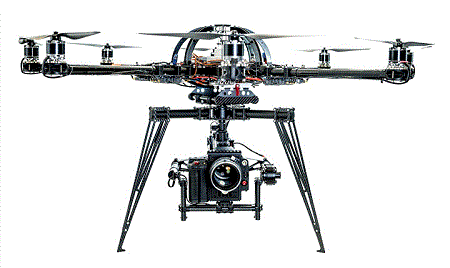A groundbreaking study recently published by researchers from the CAS Institute of Atmospheric Physics reveals the remarkable potential of artificial intelligence (AI) in climate prediction. Their AI model, powered by sophisticated deep learning algorithms, has outperformed traditional dynamic models in accurately forecasting the development and patterns of central Pacific El Nino events. This advancement sheds light on the significant strides AI can bring to seasonal forecasts, offering a new frontier in climate prediction.
The importance of precise predictions for central Pacific El Nino events cannot be understated, as they can have far-reaching impacts on global climate, necessitating adequate preparedness and risk reduction measures. The AI model, built upon convolutional neural network technology, is trained using sea surface temperature (SST) data from models participating in the Coupled Model Intercomparison Projects. This enables the AI model to forecast the specific characteristics—such as shape, location, and timing—of SST anomalies associated with central Pacific El Nino events.
According to Prof. Huang Ping, the corresponding author, the findings are of great significance, showcasing how artificial intelligence can revolutionize predictions of critical climate events like El Nino, which can have devastating effects worldwide.
The AI model’s superiority is particularly evident in its accuracy when predicting SST anomalies in the west-central equatorial Pacific, surpassing traditional dynamical models. Moreover, combining predictions from the AI model and dynamical models in a hybrid approach further enhances accuracy for central and east Pacific El Nino events.
Published in Advances in Atmospheric Sciences, this innovative research opens up new avenues for leveraging deep learning to expand the application of AI models in seasonal climate forecasting. The ultimate goal is to provide earlier and more precise warnings of major weather events, which can significantly impact disaster risk reduction efforts worldwide.
The implications of these findings are profound, as AI-driven predictions contribute to improved preparedness and mitigation strategies. By harnessing the potential of AI, scientists and policymakers can collaborate to bolster global resilience in the face of climate-related challenges, making the world better equipped to tackle the complexities of our changing climate.
- Eurekalert







